This paper introduces a versatile, low-cost portable power system design and production. The system has two power supply modes, which can be powered by an external power supply or by a built-in lithium battery. The final output voltage of the system is 3V. When both are present, the external power supply is preferred. There are two external power connectors, a power adapter and a USB interface. When both are used, the power adapter has priority. The system can be widely applied to various portable devices, and has strong practicability and good market prospects.
Input selection circuit module input selection circuit is used to realize the selection of external power supply. In this design, the current mainstream USB power supply and power adapter power supply are adopted to adapt to different power supply environments. The external power supply voltage needs to be 4.5V. Between ~6V, when the two coexist, the adapter has priority. The specific implementation method is shown in Figure 1, which is divided into the following three cases: 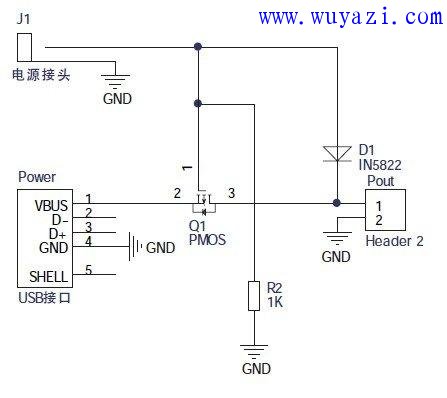
Figure 1 Input selection circuit â— Only the power adapter is powered, the PMOS transistor is turned off, the input voltage is stepped down by D1, and the power is supplied to the subsequent stage circuit. D1 uses a Schottky diode and the conduction voltage drop is about 0.3V.
â— Only the USB power supply, the PMOS transistor is turned on, and D1 is used to prevent the USB interface from consuming power through the resistor R2;
â— Both exist at the same time, the PMOS tube is cut off, and the power adapter input voltage is stepped down by D1 to supply power to the subsequent stage circuit.
Lithium battery charge management circuit module Lithium battery charging circuit uses CN3052 lithium battery charging chip, CN3052 can carry out constant current or constant voltage charging for single-cell lithium battery, only need few peripheral components, programmable charging current, constant voltage The charging voltage is 4.2V. And in line with the USB bus technology specifications, it is very suitable for the field of portable applications. The application circuit shown in Figure 4 requires only a few external components, the output voltage is 4.2V, the accuracy is up to 1%, CE is the chip enable end, and the high level is valid. The green LED is used to indicate whether the battery is in a fault state, and the red LED is used to indicate whether it is in a charging state. In this design, the TEMP pin is connected to the ground and the temperature detection function is not used. R4 is used to set the constant current charging current. In the design, R4 is 10KΩ and the charging current is 180mA. 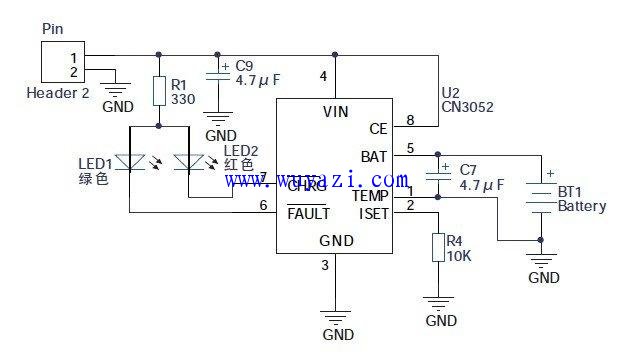
Figure 2 Lithium battery charge management circuit battery output voltage regulator circuit module due to different lithium battery power, the output voltage can be varied between about 3.5 ~ 4.3V, low-dropout linear regulator (LDO) to regulate the battery output voltage After the voltage is regulated, it outputs a constant 3.3V voltage. This design adopts TPS76333 voltage regulator chip, which requires few external components and is easy to use. This regulator chip can output 150mA current. The circuit diagram is shown in Figure 5. 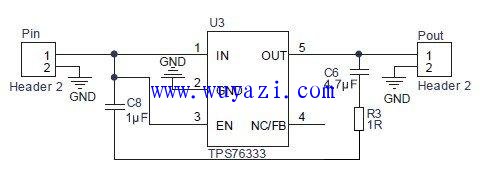
Figure 3 Battery voltage regulator circuit External power supply voltage regulator circuit module is powered by the battery. After the LDO circuit is stabilized, the output current is limited. When there is an external power supply, the voltage regulation mode is regulated by SPX1117-3.3V regulator. Current up to 800mA. The AC can be converted to DC by rectification, but its voltage is unstable: changes in the supply voltage or changes in the current can cause fluctuations in the supply voltage. In order to obtain a stable DC power supply, the voltage regulator circuit must be added. The circuit diagram is shown in Figure 6. 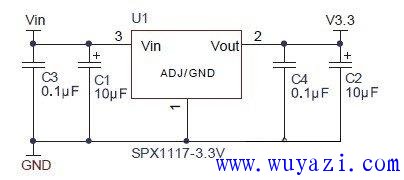
Figure 4 External power supply voltage regulator circuit system The overall circuit module system as shown in the figure. The input selection circuit selects the power supply mode of the external power supply. The voltage value of the power input is 4.5~6 volts. When there is an external power supply, it is directly regulated by the 3.3V regulator. If the battery is low, it is charged by the lithium battery. The circuit charges the lithium battery; when there is no external power supply, it is powered by the lithium battery, and is output after being regulated by a 3.3V low-dropout linear regulator. The power supply selection circuit is powered by an external power supply or a lithium battery according to whether there is an external power supply. 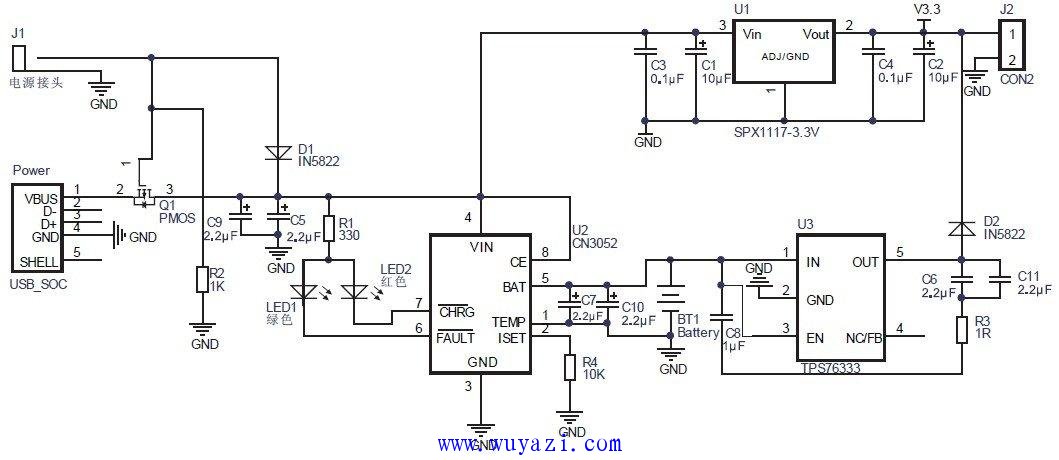
Figure 5 Overall circuit evaluation analysis:
The system implements a fully integrated variable bandwidth IF broadband low-pass filter. The structure, design and implementation of the transimpedance amplifier-capacitor (OTA-C) continuous-time filter are discussed. The external programmable circuit is used. Design the filter bandwidth for control and use ADS software for circuit design and simulation verification. The simulation results show that the filter bandwidth can be adjusted from 1 to 26 MHz, the stopband rejection rate is greater than 35 dB, the in-band ripple is less than 0.5 dB, and the 1.8 V power supply is used. The TSMC 0.18 μm CMOS process library simulation consumes less than 21 power. mW, the frequency response curve is close to the ideal state.
Liquid Crystal Display For Home Appliances
Liquid Crystal Display For Home Appliances,High Resolution Portable Lcd Display,Refrigerator Lcd Liquid Crystal Display,Response Fast Remote Lcd Monitor
Dongguan Yijia Optoelectronics Co., Ltd. , https://www.everbestlcdlcm.com